The 17 Countries Generating The Most Nuclear Power
17. Japan

16. Finland
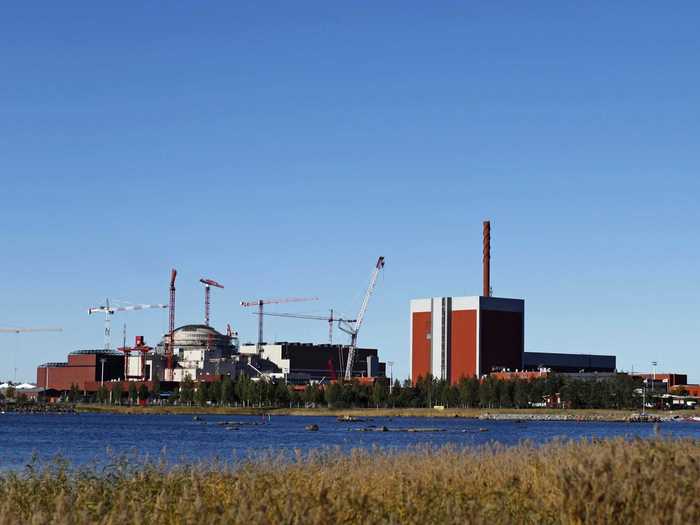
22,063 gigawatt-hours supplied by Nuclear electricity (#16)
4 total current reactors (T-#19)
32.6% of total electricity produced by nuclear (#10)
Finland may only have four nuclear reactors, but they provide nearly a third of Finland’s electricity, because the reactors are some of the most productive in the world. A fifth reactor is currently under construction, but it is substantially behind schedule and over cost. It is supposed to begin operating net year.
15. Switzerland

24,445 gigawatt-hours supplied by Nuclear electricity (#15)
5 total current reactors (#16)
35.9% of total electricity produced by nuclear (#8)
After several public referenda on nuclear power, it appeared that the technology was secure in Switzerland. However, in response to the Fukushima disaster, the Swiss government decided in 2011 to abandon all plans for new nuclear reactors. The country now plans to close the remaining five reactors in operation by 2035.
14. Czech Republic
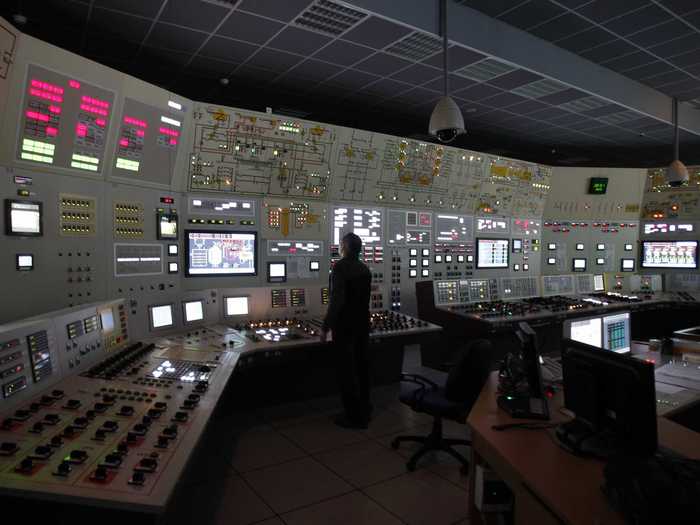
28,603 gigawatt-hours supplied by Nuclear electricity (#14)
6 total current reactors (#15)
35.3% of total electricity produced by nuclear (#9)
Because nuclear energy is the Czech Republic's only real solution to a future energy crisis, nuclear has remained popular in the country. Plans for new nuclear reactors has stalled, however, due to disputes over the government’s future energy plans.
13. India
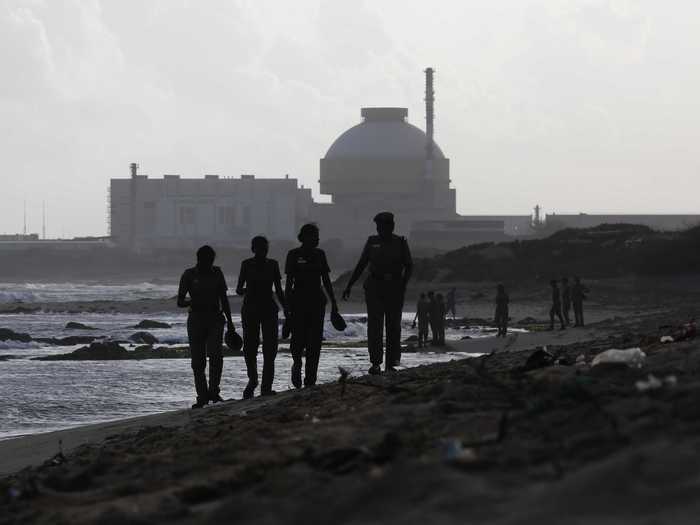
29,665 gigawatt-hours supplied by Nuclear electricity (#13)
20 total current reactors (T-#7)
3.6% of total electricity produced by nuclear (#27)
Nuclear power in India is on the rise. The country is currently building 7 new reactors to add to the 20 reactors already operating. By 2050, India expects to supply 25% of electricity through nuclear power. Because India does not adhere to the Nuclear Non-Proliferation Treaty (due to its weapons program), it has had to develop its technology and fuel sources domestically. Using its stores of thorium, India has become an expert at developing fast breeder reactors, which maximize plutonium production and can produce more fuel than they consume.
12. Belgium
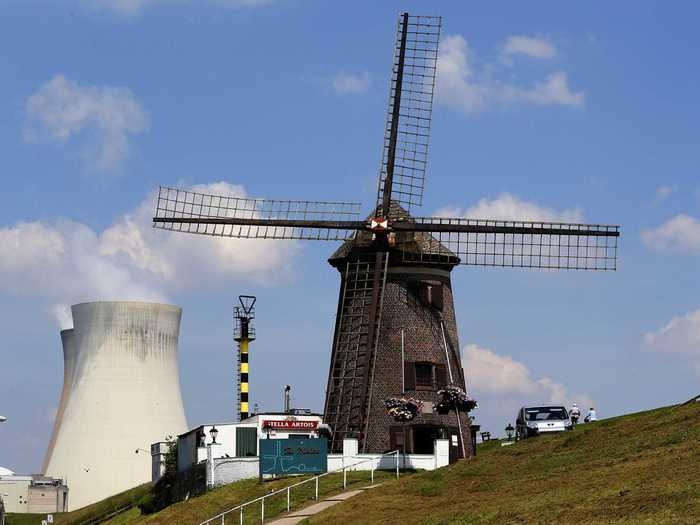
38,464 gigawatt-hours supplied by Nuclear electricity (#12)
7 total current reactors (#14)
51.0% of total electricity produced by nuclear (#3)
More than half of Belgium’s electricity may be supplied by nuclear energy, but that will change quickly in the coming years. Starting in 1999, Belgium began phasing out nuclear. Two of the reactors will close next year, with the rest closing by 2025.
11. Spain

58,701 gigawatt-hours supplied by Nuclear electricity (#11)
8 total current reactors (#13)
20.5% of total electricity produced by nuclear (#14)
Nuclear power in Spain has been stagnant for the last twenty years, with no new reactors being built during that time. In 2011, the government lifted a 40-year operating limit on reactors, allowing those currently running to apply for license extensions in 10-year increments. The Spanish government has promised to phase out nuclear completely once wind and solar become viable alternatives.
10. Sweden
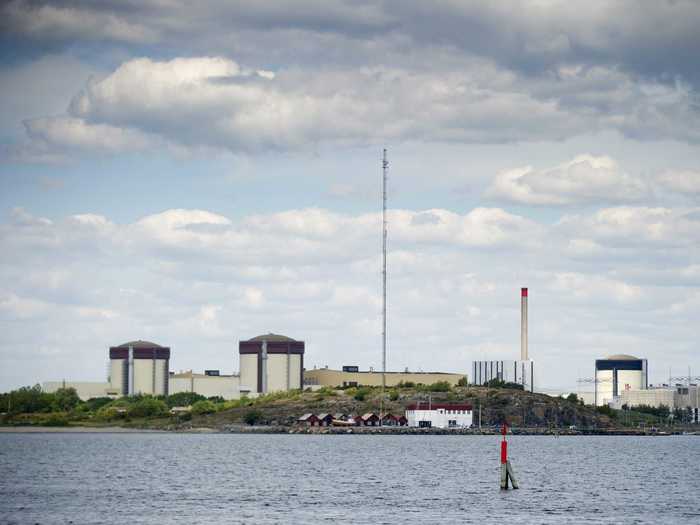
61,474 gigawatt-hours supplied by Nuclear electricity (#10)
10 total current reactors (#11)
38.1% of total electricity produced by nuclear (#6)
Since 1980, Sweden has undergone a long, gradual, phase-out of nuclear power. Despite this, nuclear still accounts for 38% of the power generated in the country. In 2010, the government of Sweden, after 30 years, reversed course and ended the nuclear phase-out policy. Sweden is now upgrading and modernizing older plants at Forsmark and Ringshals and is looking into building new plants to maintain production.
9. United Kingdom
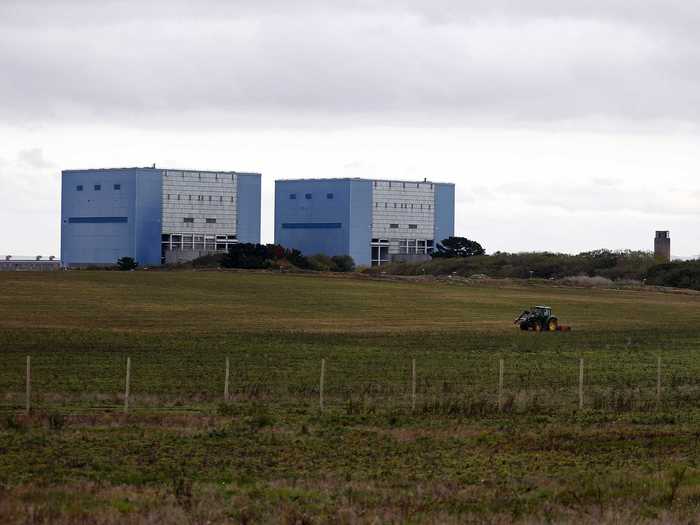
63,964 gigawatt-hours supplied by Nuclear electricity (#9)
18 total current reactors (#8)
18.1% of total electricity produced by nuclear (#17)
Nuclear power generation in the United Kingdom has gradually declined over the last fifteen years, since hitting a high of 25% of electricity produced. This has been due to the closing of old power plants that had aging and maintenance issues. That could change in the coming years, as the British government has offered subsidies to attract companies looking build a new generation of reactors. Currently, 11 reactors are in the planning phase and should be online by 2025 to meet the government’s goal of adding 16 gigawatts of production.
8. Ukraine
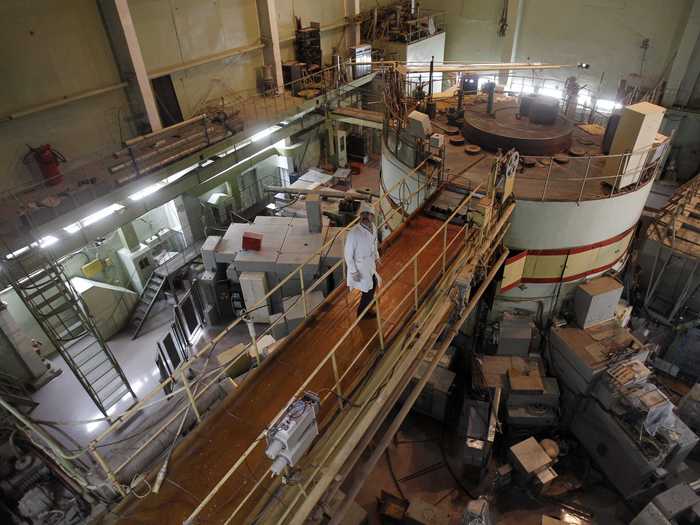
84,886 gigawatt-hours supplied by Nuclear electricity (#8)
15 total current reactors (#10)
46.2% of total electricity produced by nuclear (#4)
Despite 1986’s nuclear disaster in Chernobyl, Ukraine continues to be a leader in nuclear power, with slightly under half of its electricity being produced by nuclear. Ukraine currently has plans to build 11 new reactors by 2030, which will almost double the current amount of nuclear power capacity. Nuclear fuel, which Ukraine is heavily dependent on, is imported from Russia primarily.
7. Canada
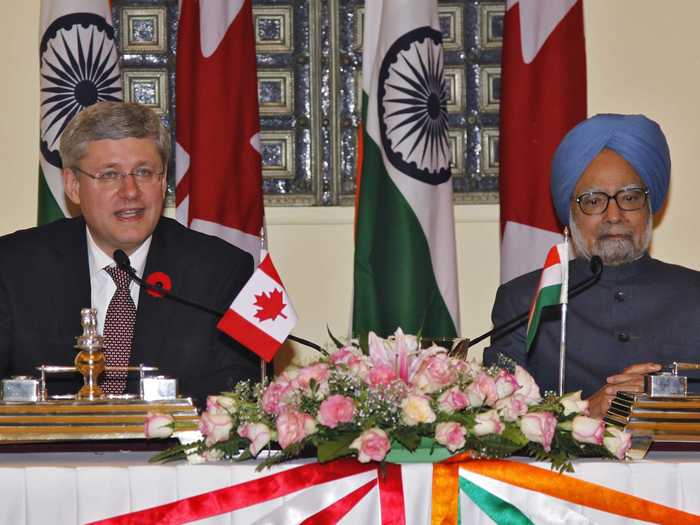
89,060 gigawatt-hours supplied by Nuclear electricity (#7)
20 total current reactors (T-#7)
15.3% of total electricity produced by nuclear (#21)
Nearly all of Canada’s nuclear power is produced in Ontario, due to a large anti-nuclear movement in the country. British Columbia, for example, has a strict no-nuclear policy. Despite this, Canada is a leader in nuclear technology, developing the Advanced Candu Reactor, a light-water-cooled reactor that uses natural non-enriched Uranium. While no new reactors are currently under construction, Canada does have plans to build two new reactors that could add 2200 megawatts of electricity to the grid.
6. China
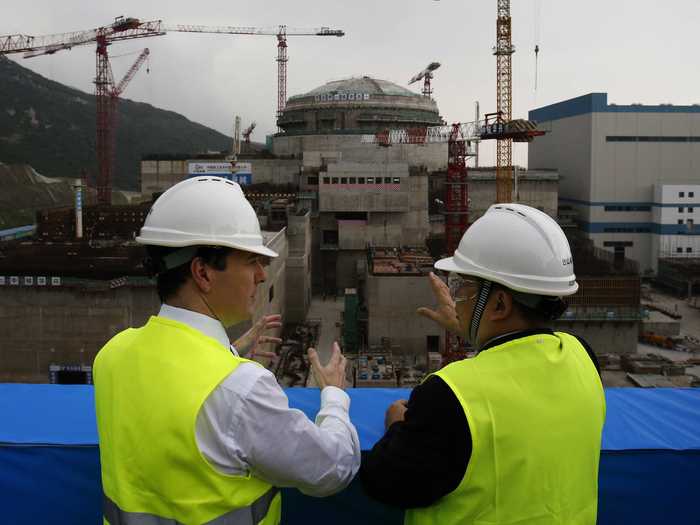
92,652 gigawatt-hours supplied by Nuclear electricity (#6)
17 total current reactors (#9)
2.0% of total electricity produced by nuclear (#30)
For a country that relies heavily on coal power and suffers terrible air quality, nuclear power is a highly attractive energy solution. For that reason, China is set to expand its reliance on nuclear by completing construction on 13 new reactors by 2018. China plans to increase the percentage of electricity produced by nuclear from 2% to 6% by 2020. Though China has taken technology from nuclear industry leaders like France and Russia, it is now mostly self-sufficient in reactor design and has begun exporting its own technology to other countries.
5. Germany
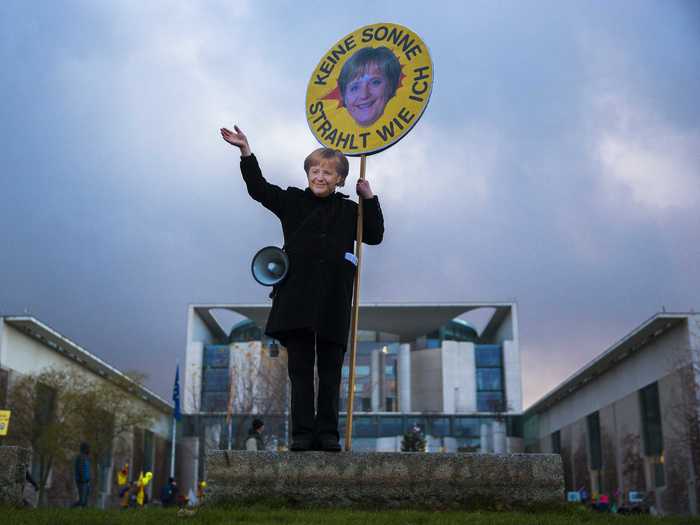
94,098 gigawatt-hours supplied by Nuclear electricity (#5)
9 total current reactors (#12)
16.1% of total electricity produced by nuclear (#19)
Germany, despite its success with nuclear power, is currently undergoing a total phaseout of nuclear power. The anti-nuclear movement in Germany has had a long history, after radioactive contamination from Chernobyl reached the country enraged the public. The Fukushima disaster in 2011 only furthered distaste for the technology. In response, Chancellor Angela Merkel permanently shut down 8 of Germany’s 17 reactors and announced that the remaining power plants would be shut down by 2022.
4. South Korea
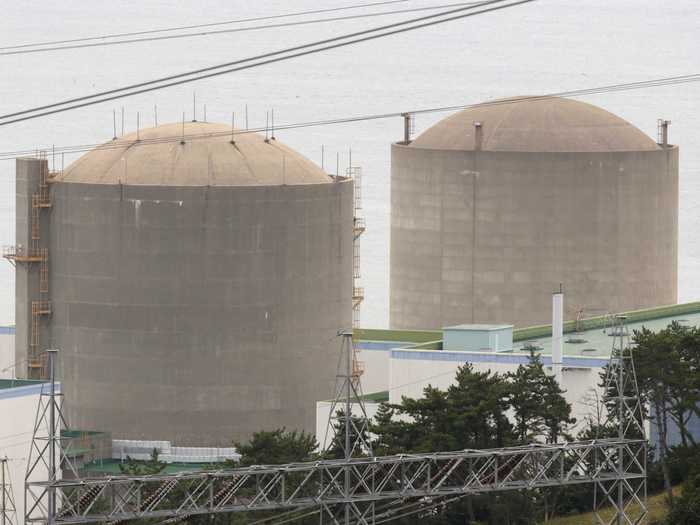
143,550 gigawatt-hours supplied by Nuclear electricity (#4)
23 total current reactors (#5)
30.4% of total electricity produced by nuclear (#12)
Mixed signals have been coming out of South Korea this year in regards to nuclear energy. The country announced plans last month to build two new reactors for $7 billion, just two weeks after it said that it would cut its reliance on nuclear to 29% by 2035. The country remains a rising nuclear power, thanks to the development of advanced reactors, which it hopes to export to countries in the Middle East, as well as India and China. South Korea currently has 5 reactors set to come online by 2021.
3. Russia
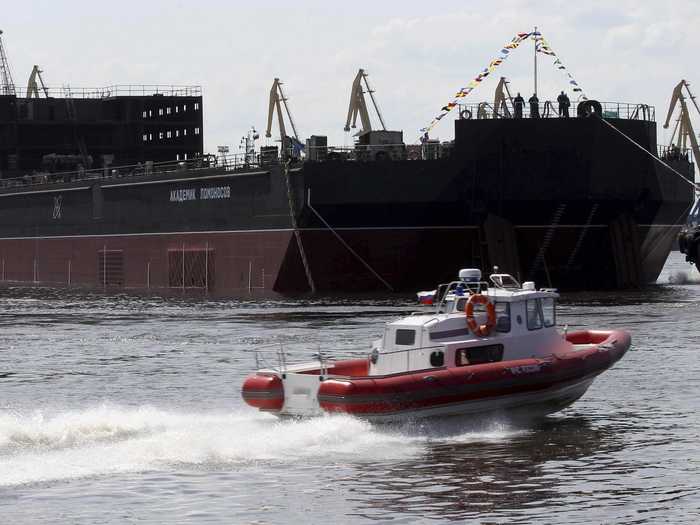
166,293 gigawatt-hours supplied by Nuclear electricity (#3)
33 total current reactors (#4)
17.8% of total electricity produced by nuclear (#18)
Russia has been in the midst of a huge nuclear expansion over the last 15 years. In 2003, the Russian government set an energy goal of doubling nuclear power generation by 2020. The long-term strategy sees nuclear supplying 50% of Russia’s energy by 2050. To reach that goal, Russia is attempting to build an additional 28 reactors in the coming decades. In addition, Russia has been aggressive at exporting its nuclear technology. In 2013, Russia allocated $2.4 billion to nuclear projects, with an emphasis on plants in foreign countries that Russia could build, own, and operate, like Turkey’s Akkuyu Nuclear Power Plant.
2. France
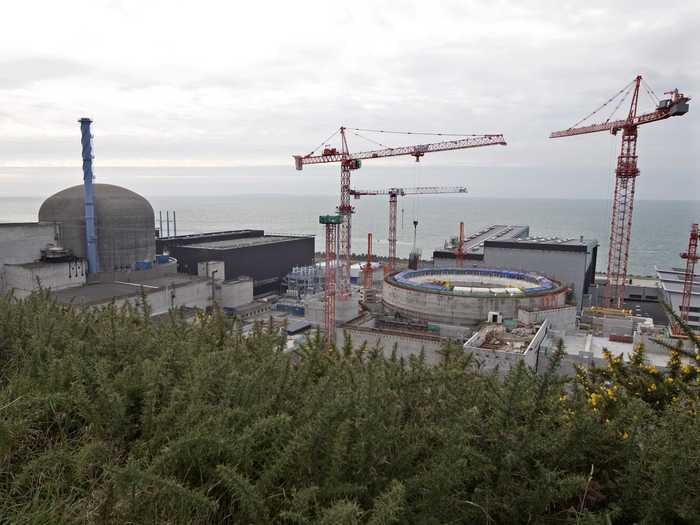
407,438 gigawatt-hours supplied by Nuclear electricity (#2)
58 total current reactors (#2)
74.8% of total electricity produced by nuclear (#1)
Nuclear power in France has been called “ahead of the world” by many in the press, who have found its ability to supply the majority of its electricity through nuclear to be a major success story. Because of nuclear, France is the world’s largest net exporter of electricity, providing Switzerland, Italy, and Belgium with cheaply generated energy. The election of President Francois Hollande in 2012 signaled a shift in nuclear policy, however, as Hollande won on a platform of reducing France’s reliance on nuclear power from 75% to below 50%. Even so, France remains a leader in nuclear energy technology, currently building the state-of-the-art Flamanville 3 Reactor and exporting the technology to other countries.
1. United States of America
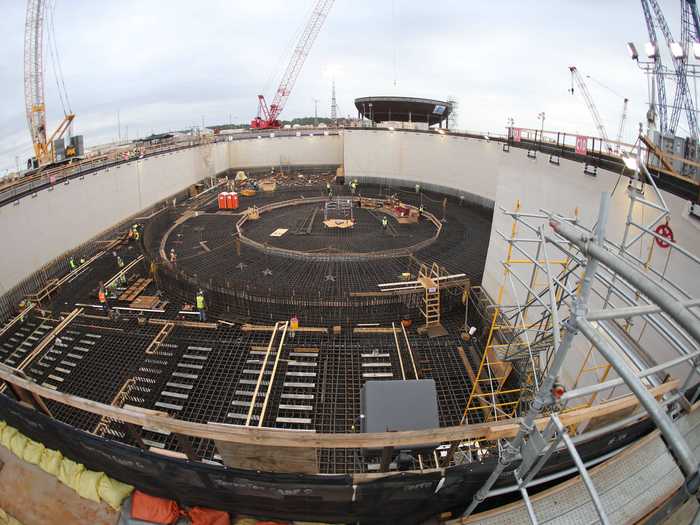
770,719 gigawatt-hours supplied by Nuclear electricity (#1)
100 total current reactors (#1)
19% of total electricity produced by nuclear (#16)
With 100 currently running reactors, the United States nearly doubles the next nation on this list. Originally developed in response to the ballooning cost of the Manhattan Project — federal officials wanted researchers to find a civilian use for the technology — nuclear energy matured in the 1970s, as nearly every current reactor in the United States began construction by the middle of the decade. In 1979, the Three Mile Island accident halted further nuclear expansion and the only improvements in capacity for the next 30 years came by way of improved efficiency at existing plants. In 2013, nuclear moved back to the forefront, when work began on the first of five newly approved reactors at existing power plants. Planned additions to the nuclear grid could supply an additional 7,700 MW of power in the coming years.
Fossil fuel is still the real king in energy...

Popular Right Now
Popular Keywords
Advertisement